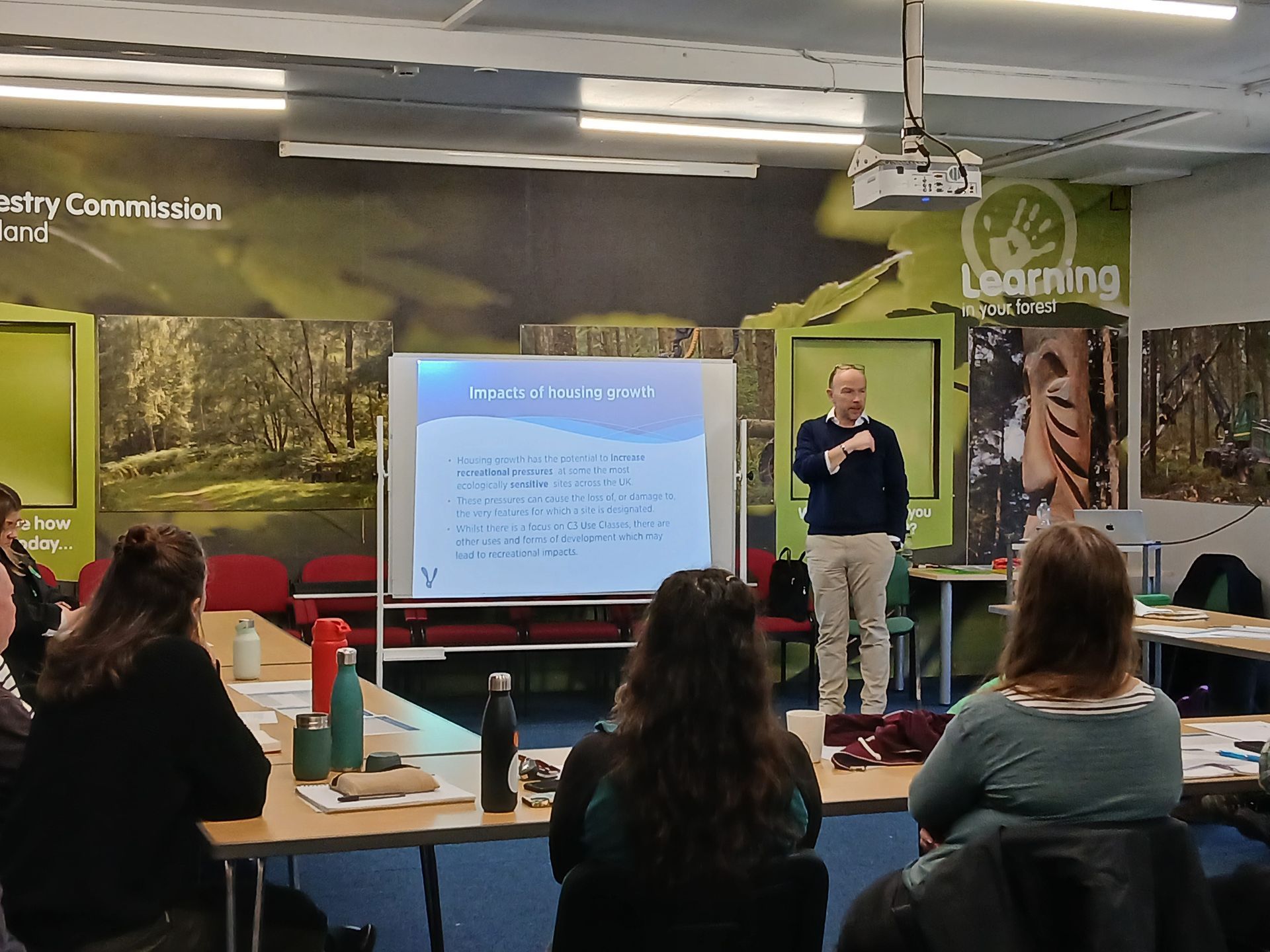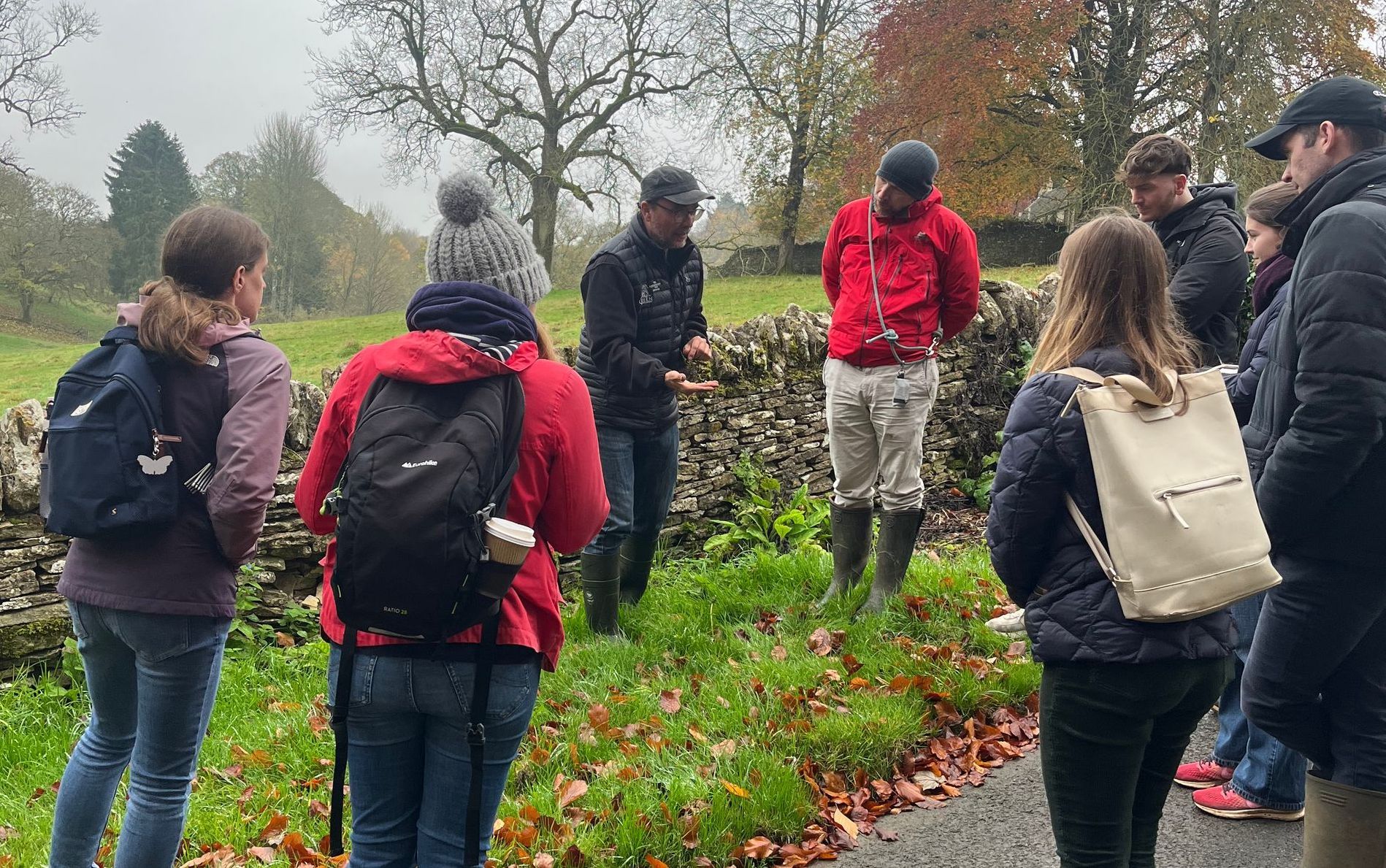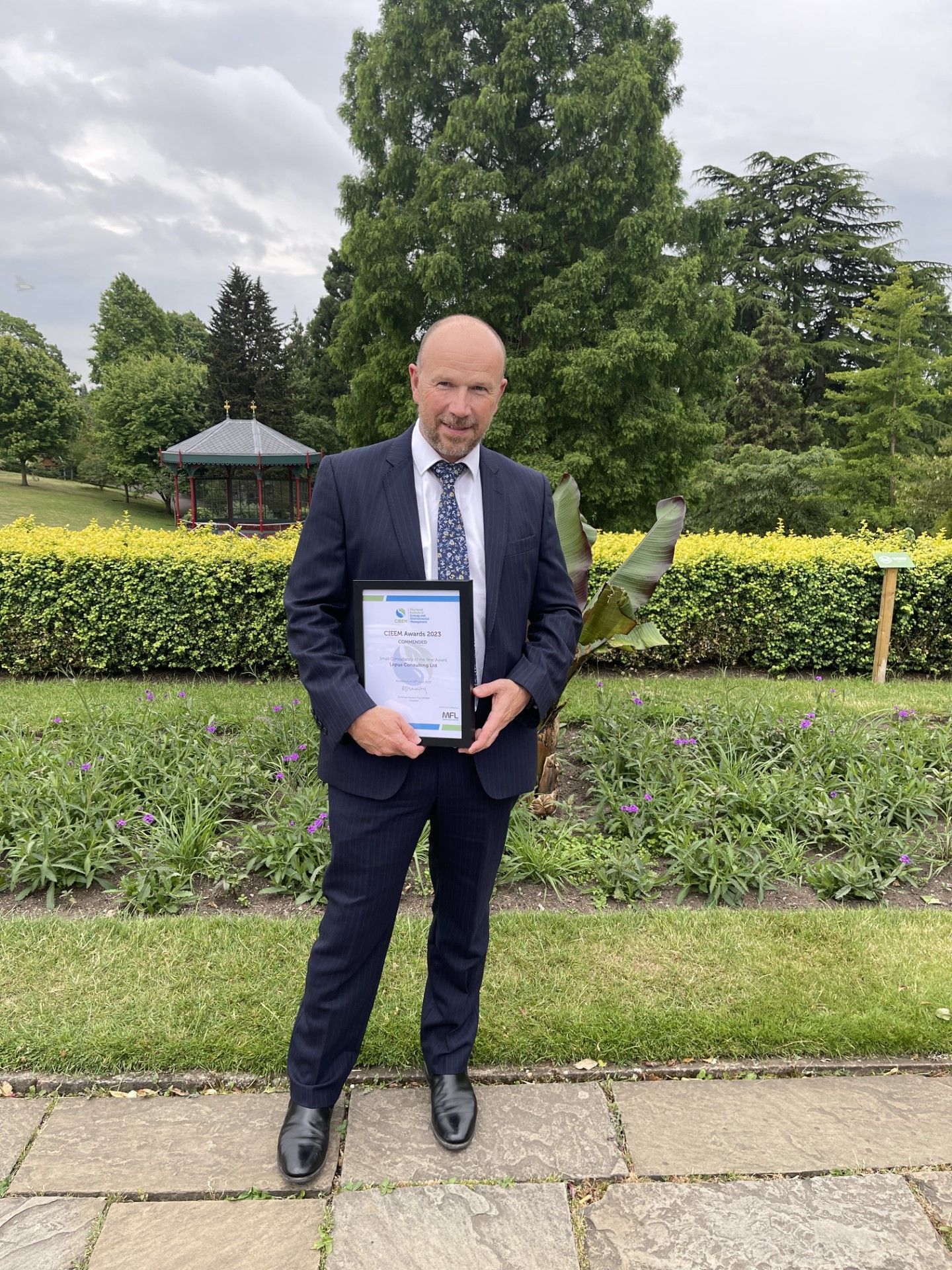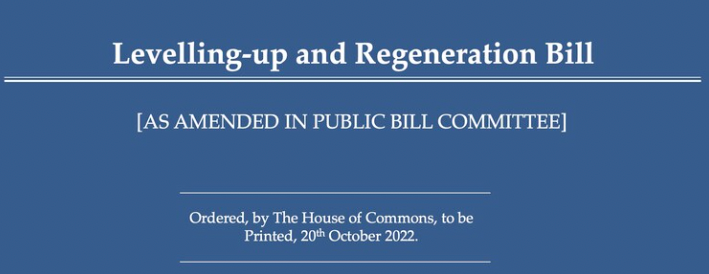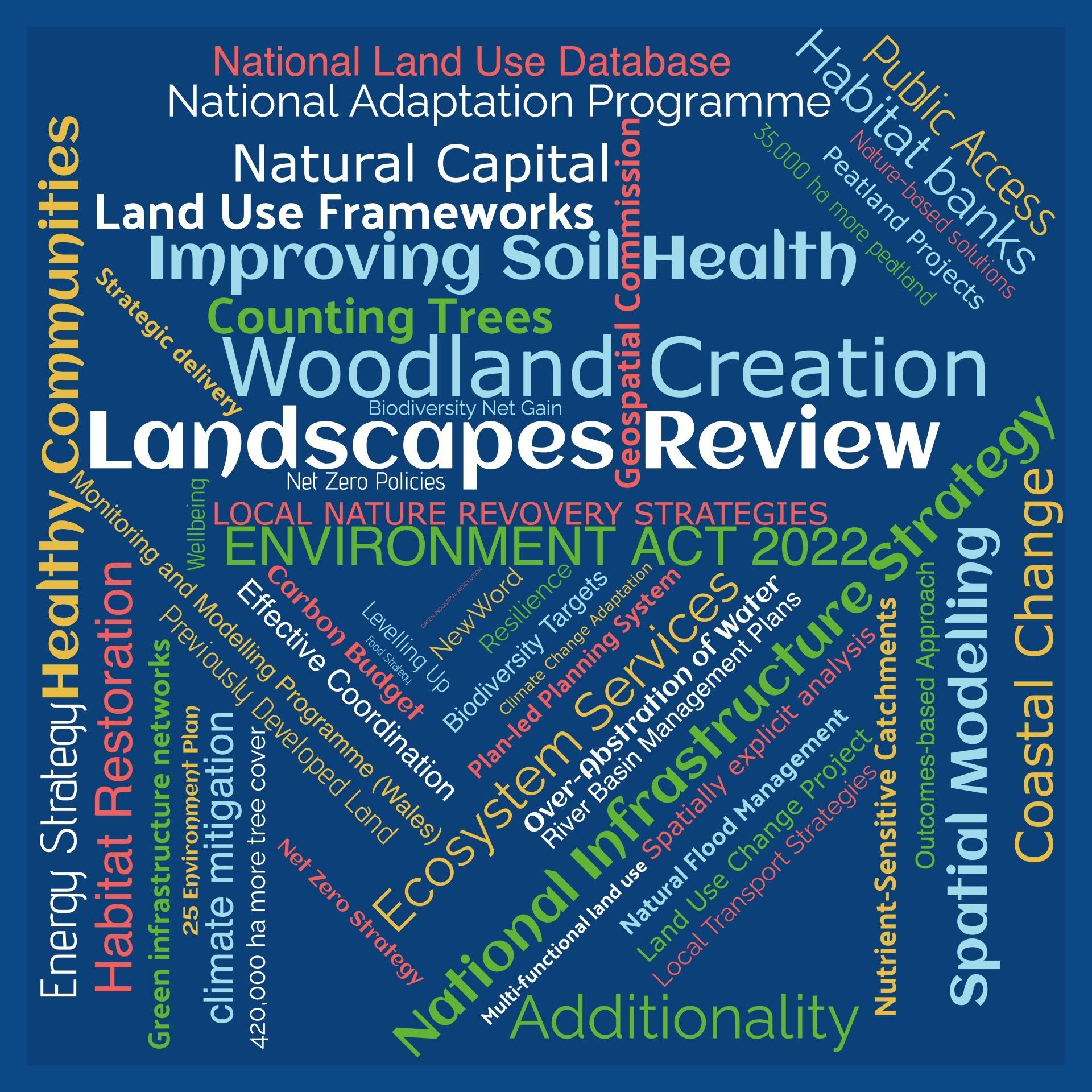Planning Policy Guidance and Green Infrastructure
Green Infrastructure (GI) planning can encompass a broad range of features and be considered at a wide range of geographic scales. As such, the term has been used when describing projects as diverse as local green space, street tree planting, the protection of designated sites, local food production, tree and woodland strategies and flood management schemes.
In planning policy terms, the National Planning Policy Framework (NPPF) (2019) defines GI as, ‘A network of multi-functional green space, urban and rural, which is capable of delivering a wide range of environmental and quality of life benefits for local communities’. Other documents, such as Natural England’s Green Infrastructure Guidance (2011) provide a broader definition of GI, ‘Green Infrastructure is a strategically planned and delivered network comprising the broadest range of high quality green spaces and other environmental features. It should be designed and managed as a multifunctional resource capable of delivering those ecological services and quality of life benefits required by the communities it serves and needed to underpin sustainability.’
The NPPF looks to GI to support sustainable development in a number of ways. Paragraph 20 states that strategic policies should make ‘sufficient provision’ for green infrastructure and in paragraph 91 looks to GI to support local health and well being needs. Paragraph 150 states that GI can help in adapting to climate change. Paragraph 171 states, ‘Plans should…take a strategic approach to maintaining and enhancing networks of habitats and green infrastructure; and plan for the enhancement of natural capital at a catchment or landscape scale across local authority boundaries’.
The Natural Environment Planning Practice Guidance (PPG) was published in July 2019 and supplements the information provided in the NPPF. In relation to GI, the PPG described its benefits and how it can be considered in the preparation of planning policy.
The PPG uses a broader definition than the NPPF and states that GI can include a range of spaces and assets, both publicly and privately owned, such parks, open spaces, woodlands, allotments and private gardens. The definition also includes, what is sometimes referred to as, ‘blue infrastructure’ such as water courses, ponds, lakes and sustainable drainage features.
GI is described in the PPG as a form of ‘natural capital’ that can provide a range of benefits, including ecosystem services such as enhanced wellbeing, outdoor recreation and access, enhanced biodiversity and landscapes, food and energy production, urban cooling, and the management of flood risk. This helpfully links the concepts of GI, natural capital and ecosystem services.
In planning terms, the PPG states that GI can help to achieve five planning goals:
• Building a strong, competitive economy;
• Achieving well-designed places;
• Promoting healthy and safe communities;
• Mitigating climate change, flooding and coastal change; and
• Conserving and enhancing the natural environment.
The PPG recommends that strategic policies in relation to GI can identify the location of existing and proposed green infrastructure and set out the approach to its protection and enhancement. Green infrastructure strategies can be prepared to inform policies and facilitate the implementation of them. These strategies should be based on evidence and take account of existing assessments and identify any gaps in provision.
The assessment of gaps in GI provision, particularly in relation to the quantity and types of GI, is an emerging area in relation to national policy or guidance. The PPG states that the Accessible Natural Greenspace Standard (ANGSt) can be used when assessing GI provision and deficits. While this can be a useful (and currently the only widely used) standard, GI is a broader concept than that considered by ANGSt, and GI assets such as allotments, street trees, the water network, private gardens and other features are not readily encompassed by the standard. DEFRA is currently coordinating a new study to develop GI Standards, although, to date, the findings of the study have yet to be published.
The GI PPG broadly describes how the G Strategy can inform other plan policies, infrastructure delivery requirements and Community Infrastructure Levy schedules. The Guidance also states that cross boundary collaboration and liaison with stakeholders such as Local Nature Partnerships, Health and Wellbeing Boards and Local Enterprise Partnerships are important elements when developing GI strategies.
In relation to decision making, the PPG emphasises that GI opportunities and requirements need to be considered at the earliest stages, and as an integral part, of development proposals. Delivery and funding of GI can use planning conditions, obligations, or the Community Infrastructure Levy.
Article by Becky Gregory
More from our blog
Remaining Neutral
